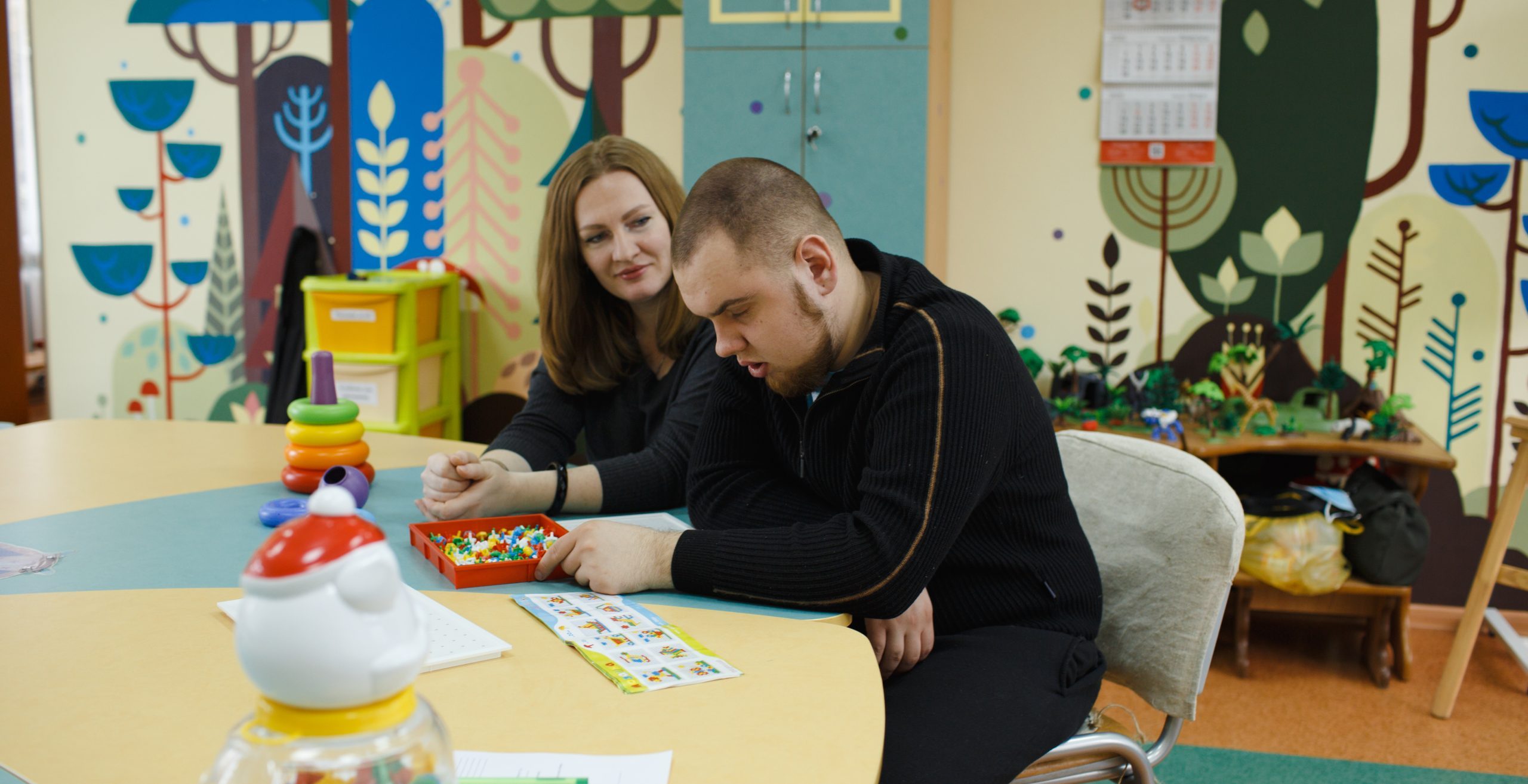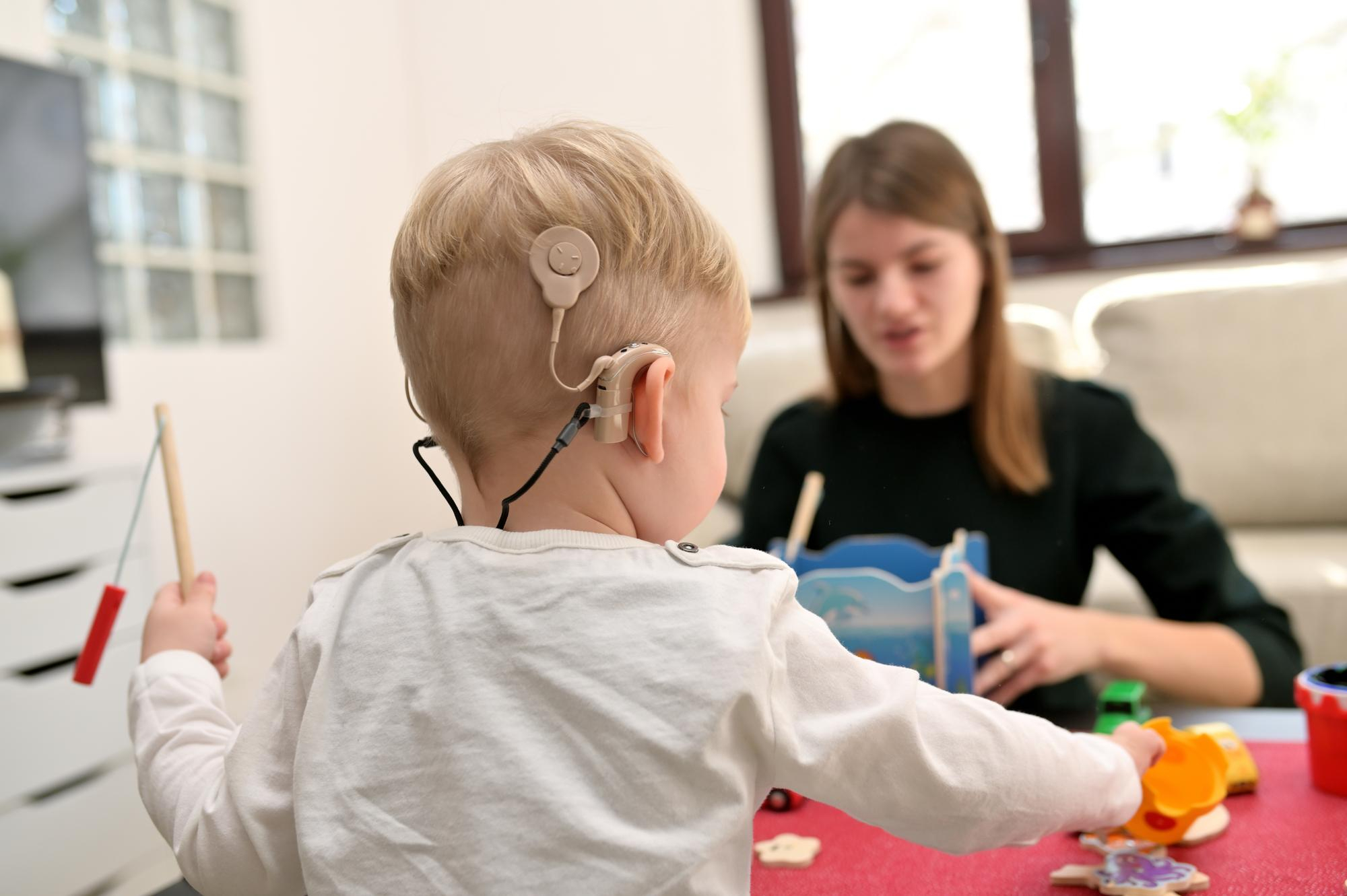How to spot Dyspraxia in the Classroom
Dyspraxia, also known as Developmental Coordination Disorder (DCD), affects children’s coordination and motor skills. For Dyspraxia Awareness Week, it’s important that educators understand the signs of dyspraxia to provide inclusive support to their students.
The experience of dyspraxia/DCD varies for each individual, influenced by factors such as age, skill development opportunities, environmental demands, and the support/understanding received from their surroundings.
Nevertheless, there are identifiable common signs of dyspraxia/DCD to look out for. In this blog, we will explore seven key signs that SEN teachers can look out for to recognise a child with dyspraxia in the classroom.





